
Brianne Kimmel knows how to drive a wedge into the market, and parlay it into lasting momentum.
Exhibit A: her investing career.
It’s incredibly hard to break into the market as a new VC. There’s a sort of double chicken-and-egg problem: great companies want investors with proven brands, but in order to build a proven brand, you need to invest in great companies. A similar dynamic exists on the LP side: in order to prove yourself a good fund manager, you need experience managing funds.
Most investors solve this “cold start” problem by working their way up through the ranks at established VC firms, then branching out on their own. But Brianne carved her own path.
She’s built a distinctive brand for WorkLife, the first enterprise fund focused on the consumerization of enterprise, investing in companies like Webflow, Voiceflow, Tandem, Command E and 20+ others.
Her early investors include Zoom CEO Eric Yuan, Slack CEO Stewart Butterfield and executives from breakout SaaS companies like Dropbox, Slack, Twilio and Zendesk.
Her fund advisors include the original super angels: Marc Andresseen, Felicis founder Aydin Senkut and Floodgate’s Mike Maples.
The story of how she did all this is a masterclass in strategy and momentum.
How Brianne positioned herself to start investing
In addition to operating full-time, first at Expedia and later at Zendesk, I started advising startups when I was teaching at General Assembly in Sydney. It worked well for me because I was an expat with free time on nights and weekends. When I moved to San Francisco, I continued teaching and ultimately taught over 5,000 students in four years.
This was a great way to build expertise in early stage growth marketing and GTM strategy. General Assembly served as an especially good platform for building a personal brand by leveraging their global social channels and mailing list, which I used to build momentum and spin out to launch my own program SaaS School.
As I continued to advise early stage startups and build relationships with both founders and VCs, my appetite for investing grew.
My first week at Zendesk I was asked to fill out a career card which highlighted my professional goals over the next ten years, which included a plan to move up the ranks as an operator and wait ten years before making the jump to venture.
Soon after that, I decided to accelerate my transition to investing, which led to a shift in my strategy where I chose to optimize for startup-facing projects inside Zendesk and double down on community-building events on evenings and weekends.
I also discovered a few tactical ways that to build my VC network:
Fund I: the friends & family “round”
Emerging funds are a lot like startups, in that your first fund (“Fund I”) looks a lot like a friends and family round. Even if you are a successful angel investor, you are still unproven as a good steward of other people’s money.
To raise my first fund, I first activated my co-investor network and my portfolio CEOs who could vouch for my working style and my ability to access great companies and provide portfolio support in scalable ways. Then, I exported LinkedIn contacts and emailed sector-aligned CEOs and executives in my network. I also changed my Twitter bio to: “Thinking about starting something new. DM me for deck,” which generated inbound interest from followers in the startup ecosystem.
I gathered all of these cold emails and inbound requests then started socializing my fundraising deck. It was a good way of getting people involved from day one and it turned out to be effective.
When I went to raise my fund, I had several things going for me:
- Angel investor in several competitive seed deals, including Webflow (recently raised $72M from Accel), Airgarage and Command E.
- A strong point of view of GTM for early stage enterprise companies, especially helping product-led companies identify new opportunities for growth.
- Access to deals from both SaaS School, building Zendesk Apps Marketplace & Zendesk for Startups and investing in professional networks like Dev.to, Girlboss and Webflow.
- Network of co-investors I had developed from angel investing and a growing portfolio with sector-aligned founders and early employees who can vouch for my work.
The combination of these helped me raise my first $5 million in 2.5 weeks and continue raising to grow the total fund size. My initial deck I used has now been viewed over 30,000 times.
Building a foundation for institutional LPs
To scale into a larger fund size, you will have to move beyond friends, family and high-net worth individuals and pitch family offices and institutional Limited Partners (“LPs”). In the same way that venture capitalists aim to buy a percentage of a company, LPs typically invest based on a percentage of total fund size and seek to build a concentrated portfolio across a number of top-tier funds.
What’s interesting about institutional LPs is how they approach building a portfolio across different asset classes ranging from real estate, private equity and in recent years a growing interest in venture capital. When it comes to institutional LPs, venture capital firms are competing against more mature, stable asset classes and seek to find LPs with established venture portfolios.
(Image via the The State of Family Offices 2019)
I chose to launch with a two-prong strategy to build an enduring platform that scales into institutional LPs:
- Have sector-aligned CEOs get involved from the very beginning, including Eric Yuan from Zoom, Stewart Butterfield from Slack, Clark Valberg from InVision, Nick Mehta from Gainsight and many more.
- Learn from “super angels” who started their own funds and managing directors of top-performing funds.
LPs will ask about hiring, day-to-day operations and core mechanics of the firm to de-risk their investment and I’ve found a strong alliance with sector-aligned CEOs and managing directors of top-performing funds has been an effective strategy for establishing a strong reputation in the sea of new seed funds.
The best VCs have an identity and a strong point of view
In the early stage landscape today, there’s no shortage of network-based $1M-$10M micro-funds. These funds build credibility based on broad access to early stage companies and maintain an “ears on the ground” status where they seek small allocations in companies that have heat in the market, meaning multiple venture firms are trying to invest. This can be an effective strategy to get started, however it can easily lead to groupthink and a more transactional relationship with founders after the round closes.
With a sector focus and a strong opinion on GTM, WorkLife provides a series of programs and services to help early stage companies develop their market entry strategy (top-down, bottom-up, open-source, closed beta vs. open freemium) to accelerate their time to product market fit.
The most public-facing program is SaaS School, an invite-only program for founders to learn from executives at Airtable, Drift, Dropbox, Notion and more.
An effective model for a focused fund is Forerunner, which built a highly differentiated brand and hit significant momentum with a concentrated focus on direct to consumer companies for its debut fund. Forerunner has since expanded into marketplaces and SaaS with a unique angle on commerce infrastructure, thanks to early investments in companies like Away, Glossier and more.
Another example is Founders Fund’s unique focus on big, non-consensus ideas (their manifesto talks about space, transportation, and biotech). It serves as a beacon, both for VCs and founders.
Daniel Gross at Pioneer Fund also has a model I love. As a founder and friend to young, unproven founders, Pioneer makes bold bets based on individual potential and whitespace in frontier sectors. Through his personal story, he speaks well to “lost Einsteins”. His messaging helps Pioneer invest in big ideas from day one and attract young talent who are looking for a way to break into Silicon Valley tech circles.
Discovering WorkLife’s identity
WorkLife’s identity started as a collaboration with creators and exploration of the many ways that technology can create new industries and revive old ones.
Folks like O.G. streetwear creator Bobby Hundreds, revolutionary Instapoet Rupi Kaur, and repeat founder Arianna Huffington helped turned WorkLife into something much bigger than early stage enterprise focused fund.
Whether you’re a mixologist at Soho House, a traveling tattoo artist on Instagram or back-end engineer at a big tech company, WorkLife is reimagining work through better tools and services.
We believe as the world becomes increasingly technical and creative, there will be a thriving ecosystem of new tools and professional networks for consumers, prosumers and enterprise uses cases.
[Editor’s note: this is a great example of “competing to be unique,” instead of “competing to be the best.”]
A gap in the market
After spending 12 months in the ecosystem meeting consumer and enterprise VCs and entrepreneurs, I noticed a very clear divide between the enterprise partners and the consumer partners where my portfolio companies struggled to connect with either.
The enterprise partners typically come from a traditional enterprise background and have deep expertise on top-down strategies with an emphasis on sales and marketing and less on product-led growth with an engineering mindset.
While the consumer partners are spending more time on gaming, eSports, celebrity-founded companies and other emerging interest areas for the everyday consumer. Very few had deep specialization on consumer trends in the workplace.
In most cases, bottom-up workplace tools and professional networks meet with both the consumer and enterprise partners to get a balanced perspective of consumer acquisition and product-led growth in addition to early enterprise GTM.
However, increasingly we’re seeing firms hiring a dedicated SaaS partner. For example: early Slack Head of Growth Merci Grace, now Lightspeed, and early Evernote Head of Product Naomi Ionita, now Menlo Ventures, who both made the move to venture in the last 18 months.
The thesis: future of work
The consumerization of enterprise in its simplest form asks: What are the tools and services that everyday people need to do their job well? What “BYOT” (bring your own tech) will consumers bring to work, share with teammates, and take with them to the next role?
I have a theory that any workplace product that is ten years old is ready to be unbundled into a new ecosystem of newer, more consumer-friendly tool.
LinkedIn, Adobe and Zendesk are currently being unbundled, without facing immediate disruption, because their independent market sizes are large enough to support many $1B+ companies.
Using Zendesk as an example: Freshdesk, a fast follow copycat came first, then Front, a shared inbox for teams, and Kustomer, “Zendesk for retail and e-commerce companies.”
With enterprise, the problem is already known and the market size is typically large enough to support a growing ecosystem. Enterprise founders can also expand their market size by building complementary products and selling them as add-ons, and developing new buyers and use cases as the market matures.
The future of work needs more than software
In addition to workplace software, WorkLife also looks at labor marketplaces and new ways for people to make money.
For example, think of a high schooler who wants their first job. They have to drive from store to store to hand out a paper resume, which shows little to no work experience or references.
To solve the problem, Heroes (a WorkLife portfolio company) created a TikTok-like video application for hourly workers to apply for customer-facing roles. Companies on the platform—Starbucks, H&M, Panda Express—care most about people who can be customer-facing. And video is a great way to show if you can be personable and are aligned with the company’s mission, values and culture.
I’ve also invested in managed marketplaces such as Tend. If you’re a mixologist and work somewhere like SoHo House, access to additional work is really hard. It’s not as simple as picking up additional shifts (unless you want to work at a dive bar down the road). Tend builds a marketplace to manage these highly-skilled hospitality and entertainment workers and help them get additional hourly shifts.
From WorkLife’s Instagram: @worklifevc
Brianne’s advantage: competitive analysis
Taking a high-level view, there are four stages to venture capital: sourcing, picking, winning, then post-investment support.
Sourcing can come from writing, blogging, and hosting events—but it’s actually been fairly commoditized. A lot of us in the Bay Area share the same hyper-connected networks where everyone knows everyone.
As a result, I spend most of my time on picking, which in many cases means cold emailing and finding introductions to companies based on a thesis or unique insight.
Typically, when I meet a startup, I will proactively reach out to every other similar company. While some say this isn’t important, I think having a focused strategy around competitive analysis is critical for pre-seed and seed stage investing. Great ideas come in bunches, and oftentimes you will quickly uncover three or four entrepreneurs that are solving the same problem with a similar solution.
It also helps with winning the deals, because you can have a much deeper discussion and get to an investment decision much faster. I find this alone has been a differentiated way to remove the reactive tendencies that potentially come up in seed, so I focus more on outbound than inbound deals.
For example, before I even met with Tandem, I met all the competitors in the space. And post-close, I even joined a dinner where all the competitors got together. It was really fascinating to see that even though seed stage companies are potentially competing, they often want to get to know each other to determine to what extent they’re competitive and to what extent can they partner together in the future. As companies tend to evolve so quickly before they find product-market fit, it’s beneficial for founders to build relationships and meet their peers to understand their place in the ecosystem better.
A bit of tactical advice for founders: invest in relationships today that will help you tomorrow.
Transparency
As an operator turned angel investor, my goal is to share tactical advice and help more operators build a track record on evenings and weekends.
After 12+ months of research, dozens of angel dinners and a new micro-fund, I shared the Angel J-Curve, a framework for operators w/ tactical advice to build & scale your angel portfolio.
I hope essays like these help others found companies, break into investing, and supports the ecosystem’s overall growth.
You can subscribe to Brianne’s newsletter here, and follow her on Twitter here.
Did you like this post? Share!
The Only Subscription
You Need to
Stay at the
Edge of AI
The essential toolkit for those shaping the future
"This might be the best value you
can get from an AI subscription."
- Jay S.
Join 100,000+ leaders, builders, and innovators

Email address
Already have an account? Sign in
What is included in a subscription?
Daily insights from AI pioneers + early access to powerful AI tools

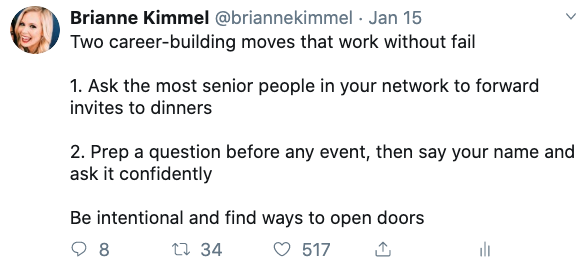
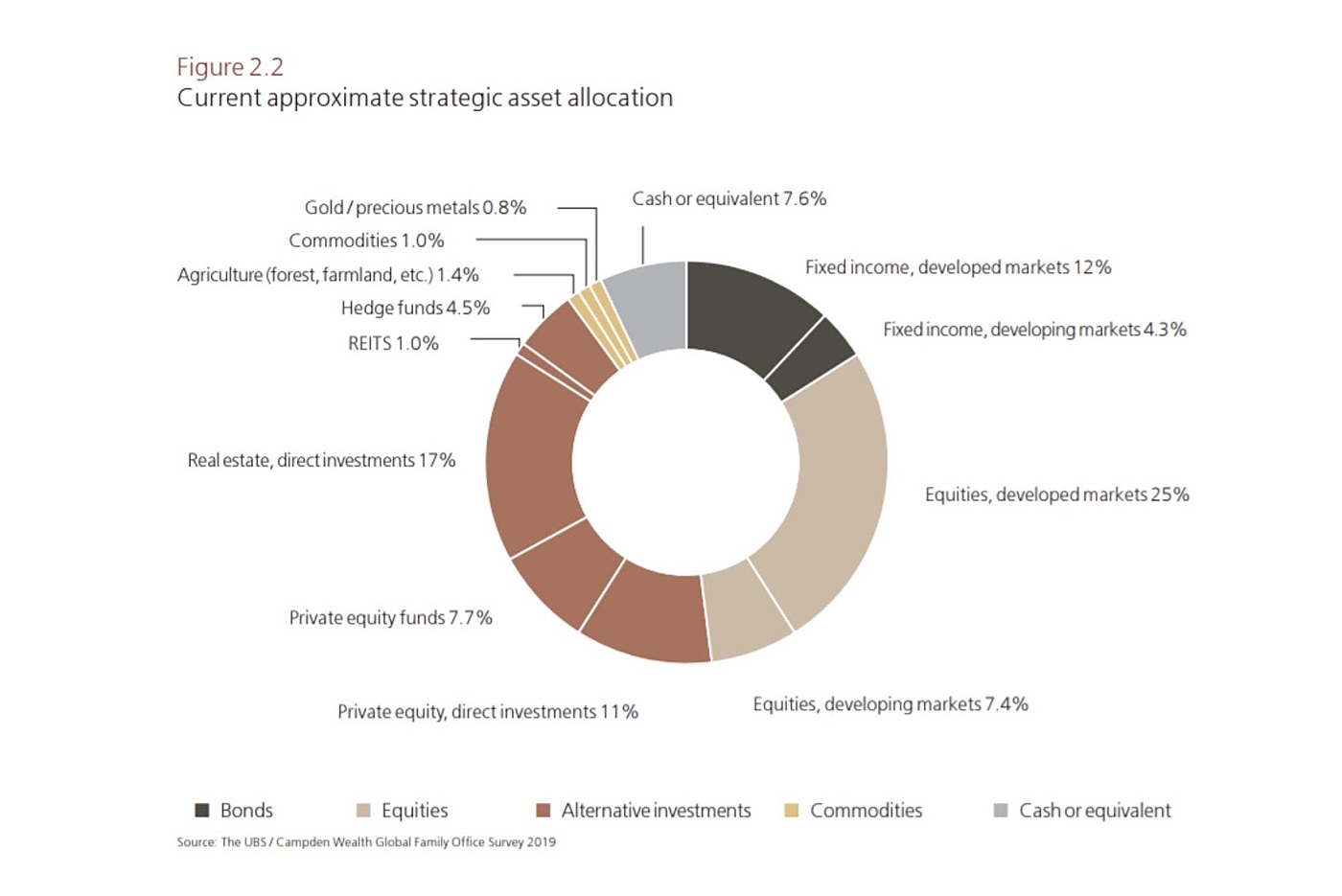
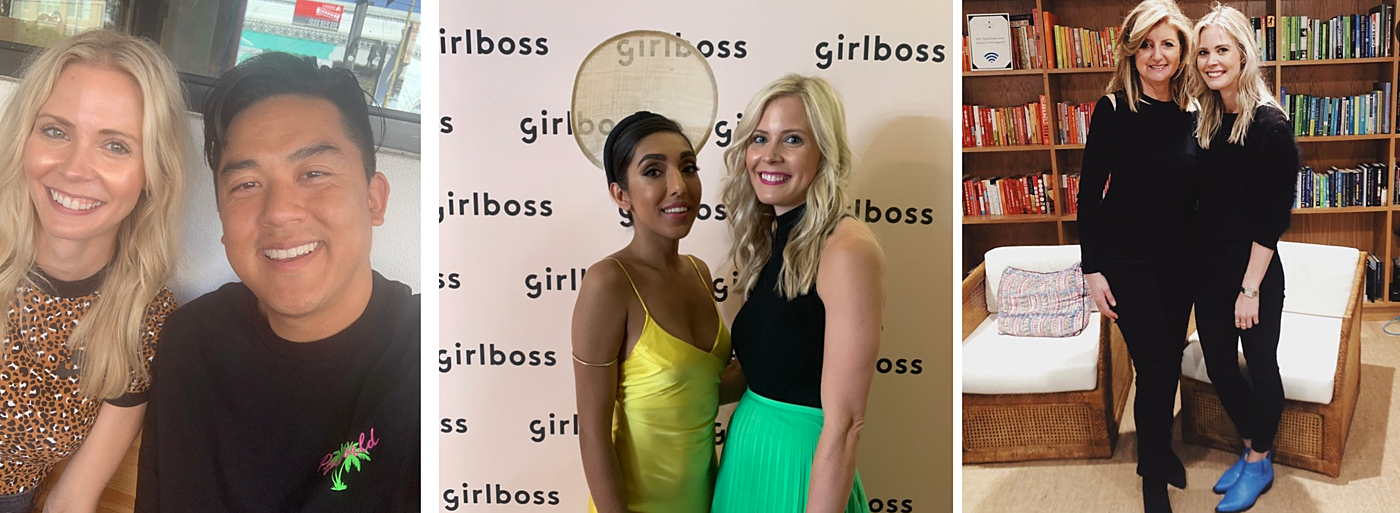

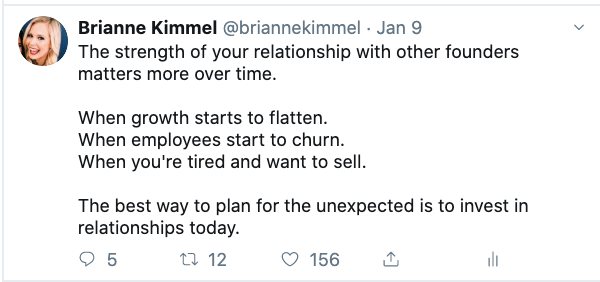
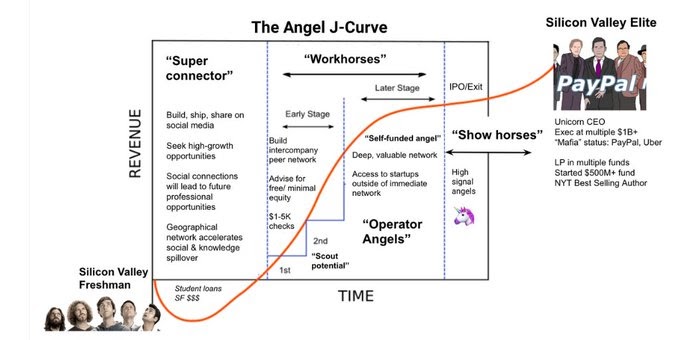







Comments
Don't have an account? Sign up!